Looking at it out of the box it looked like it would work great. I took off the 4 screws that hold the cover on over the diaphram and turned the cover 180 degrees and reattached it . The stock petcock has the vacuum hose coming from the front of the bike, and switching it 180 degrees like this meant that I could use my exact same vacuum line.
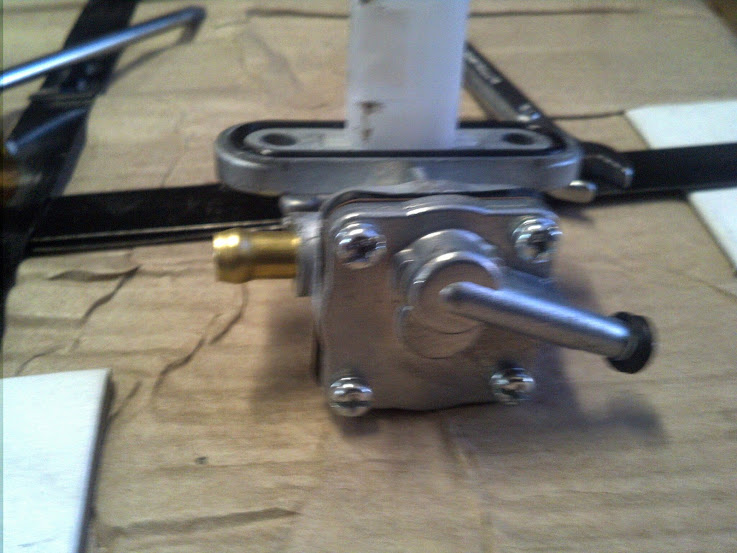
I then took off my tank, removed the old leaky petcock, and checked the fit. Here's the results:
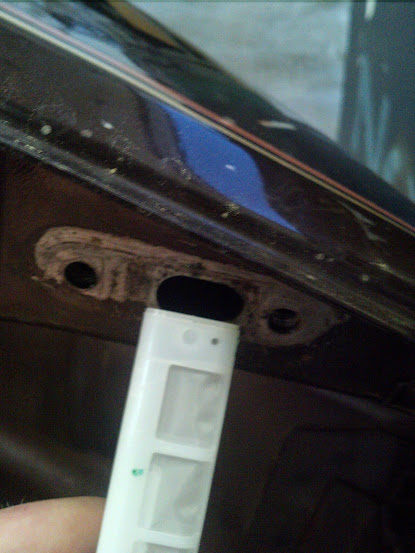
The bolt holes were spaced correctly but it looked like the opening wasn't wide enough to accommodate the new petcock. I decided the best move was to take my tank into my work and use the machine shop.
I thought about putting the tank on the mill and cutting the hole bigger, but since simple is almost always best (and since clamping something to the mill is almost guaranteed to scratch the paint) I grabbed a round file and began enlarging the hole.
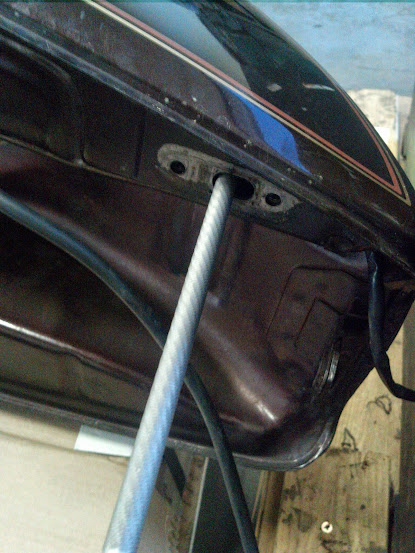
The file was nice and sharp like it had never been used, so it only took about 5 strokes to make the hole look like this:
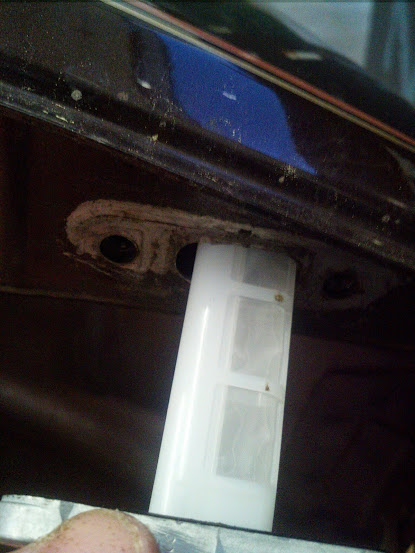
The next task was to make it not leak fuel, so I got two o-rings that would make sure the bolt holes didn't let any fuel through.
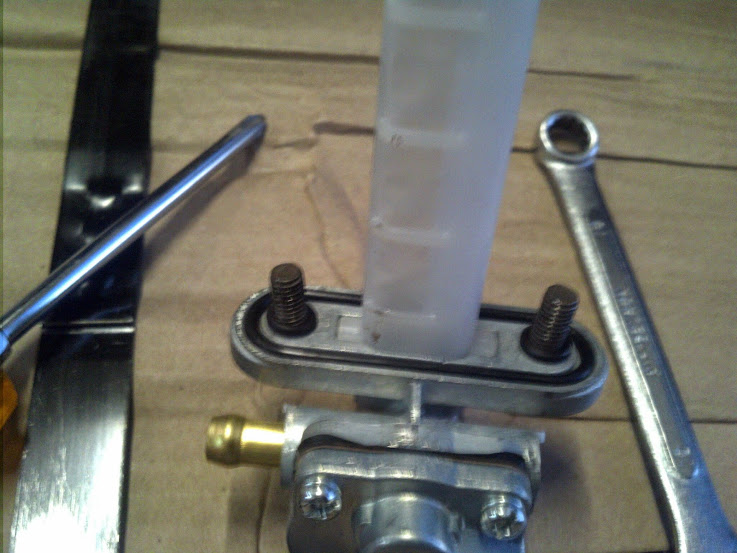
In hind sight, I should have stuck those o-rings where the bolts contact the petcock housing.
Here's how it looks all bolted up.
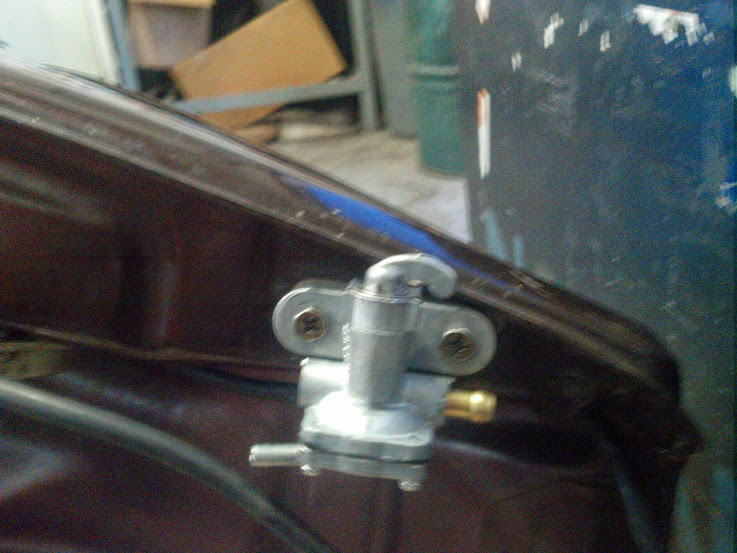
You can see here that it takes up almost the exact space that the original took up.

It looks pretty nice.
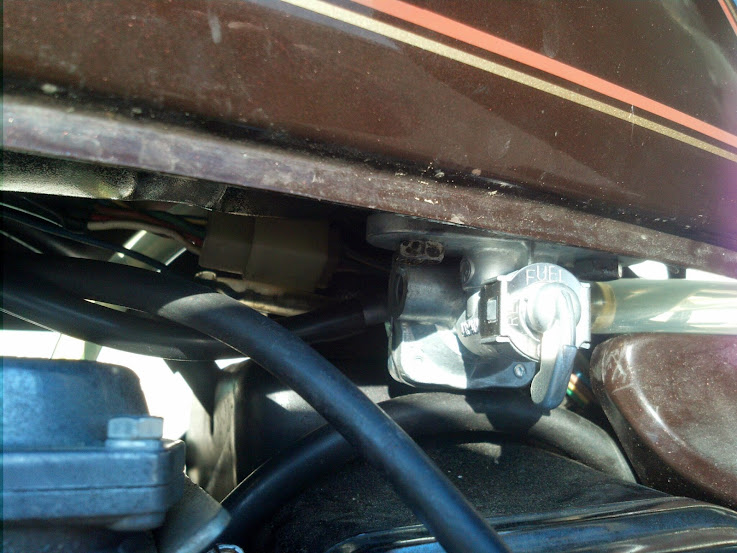
As you can see there the fuel comes in the opposite side so you have to change your fuel line routing.
Just run it from the carbs, up over the airbox, and through that space right next to where the tank mounts up, then it should fit nicely into the back of your petcock. Hook up the vacuum line like you had it with the stock petcock and enjoy a new high-quality aftermarket petcock at half the price of a new OEM petcock.
If any of you want the link to the petcock I used here it is:
http://www.z1enterprises.com/ListIte...ords=KL18-4359
I used the one ending in 4359 because I figured I didn't need a huge reserve if I have a working gas gage. Both petcocks should work.
Let me know if you have any questions or suggestions for improvement.
.png)
Comment